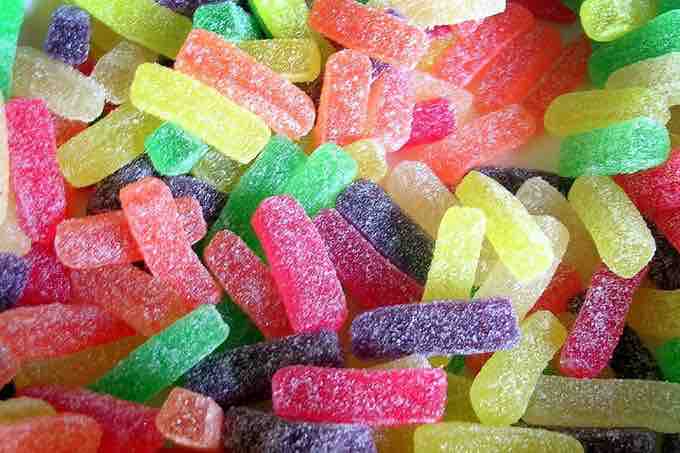Just as with the other elements of a firm's marketing program, distribution activities are undertaken to facilitate the exchange between marketers and consumers. Every company must decide on the correct distribution method for its products. That is, a company must figure out how to get its products to the user. There are many things to consider in this decision, as distribution channels ultimately say a lot about the product itself. Even the best product will fail if it is not sold in the right place. Thus, the channel chosen by a marketer becomes an integral part of the marketing plan.
Marketing Strategy
Marketers must carefully evaluate how their products fit into different distribution channels. There are many types of channels, and the selected channel becomes a function of the overall marketing strategy. A marketing strategy is a process that can allow an organization to concentrate its limited resources on the greatest opportunities to increase sales and achieve a sustainable competitive advantage. This strategy is reflexive of the 4 P's of marketing:
- What the product is and how it meets a customer need
- What the price of the product will be
- What promotions will be used to sell the product
- And what place the product will be sold.
The distribution channel is primarily concerned with this last item.
Distribution Channels
It is important for a company to match its products with the characteristics of the distribution channel. The company must decide whether to sell its products through an intermediary (such as a chain store) or attempt to sell its products directly to the customer. Using an intermediary may sometimes lower transaction costs, as much of the burden is shifted from the producer to the intermediary. There are three basic types of distribution for a marketer to consider: Intensive, selective, and exclusive. Intensive distribution means the producer's products are stocked in the majority of outlets. This strategy is common for basic supplies, snack foods , magazines, and soft drink beverages. Selective distribution means that the producer relies on a few intermediaries to carry their product. Exclusive distribution means that the producer selects only very few intermediaries, such as is often the case with luxury goods.

Candy
Candy uses an intensive distribution channel, meaning it is widely available at a low cost.
A marketer will consider the three types of distribution and select the one that most closely fits the overall marketing strategy. Generally, as one moves from intensive to selective to exclusive distribution channels, the more that company can charge for its products. However, the trade-off is in how widely available the company wants its product. Carefully considering the possible distribution channels will help maximize the potential of a product.